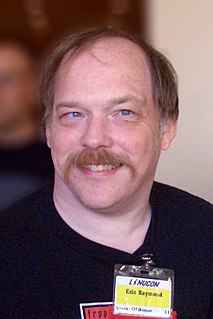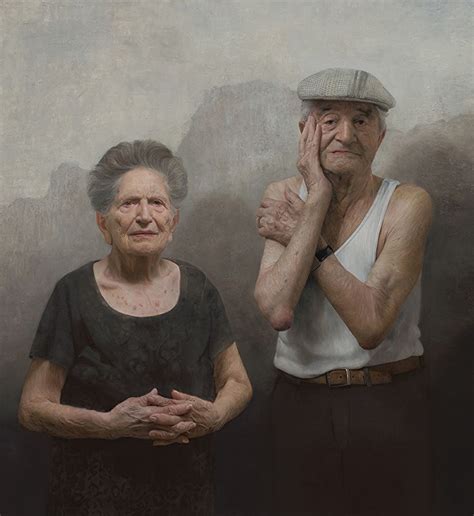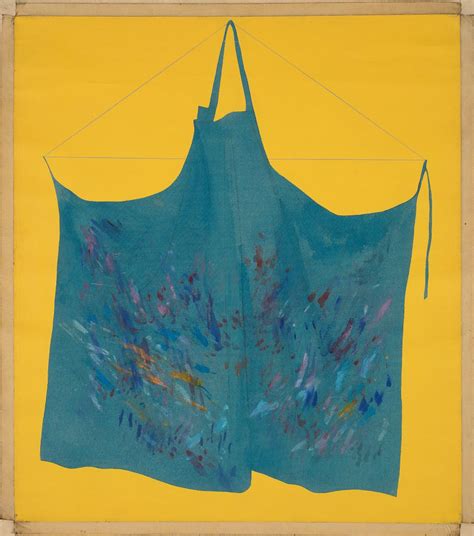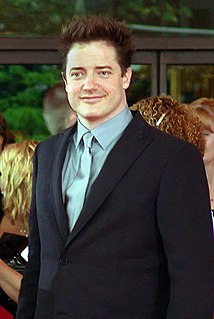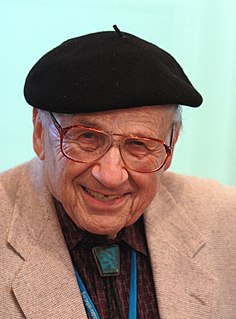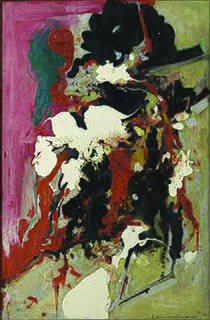A Quote by Carl Safina
A painting is nothing more than light reflected from the surface of a pigment-covered canvas. But a great painter can make you see the depth, make you feel the underlying emotion, make you sense the larger world. That, too, is the power of science: to sense and convey the depth and dimensionality of nature, to glance at the surface and to divine the shape of the universe around us.
Related Quotes
May I repeat what I told you here: treat nature by means of the cylinder, the sphere, the cone, everything brought into proper perspective so that each side of an object or a plane is directed towards a central point. Lines parallel to the horizon give breadth... lines perpendicular to this horizon give depth. But nature for us men is more depth than surface, whence the need to introduce into our light vibrations, represented by the reds and yellows, a sufficient amount of blueness to give the feel of air.
I want my paintings to give the viewer a true sense of reality - that includes but is not limited to depth, scale and a tactile surface as well as the real sense of what the subject looks like and is feeling at the time that I painted them. There should be a discourse between the viewer and the subject, to feel as though they are in a way connected. My goal is not to set a narrative but rather to have the viewer bring their own experiences to the painting and the subject as they would if they had seen the subject on the street in real life.
The challenge of yoga is to go beyond our limits - within reason. We continually expand the frame of the mind by using the canvas of the body. It is as if you were to stretch a canvas more and create a larger surface for a painting. But we must respect the present form of our body. If you pull too much at once, we will rip the canvas. If the practice of today damages the practice of tomorrow, it is not correct practice.
The receipt to make a speaker, and an applauded one too, is short and easy. Take common sense quantum sufficit; add a little application to the rules and orders of the House [of Commons], throw obvious thoughts in a new light, and make up the whole with a large quantity of purity, correctness and elegancy of style. Take it for granted that by far the greatest part of mankind neither analyze nor search to the bottom; they are incapable of penetrating deeper than the surface.
The myths underlying our culture and underlying our common sense have not taught us to feel identical with the universe, but only parts of it, only in it, only confronting it - aliens... within I don't know how many years, but in not too long a time, it's going to become basic common sense that you are not some alien being who confronts an external world that is not you, but that almost every intelligent person will have the feeling of being an activity of the entire universe.
I am very much a scientist, and so I naturally have thought about religion also through the eyes of a scientist. When I do that, I see religion not denominationally, but in a more, let us say, deistic sense. I have been influence in my thinking by the writing of Einstein who has made remarks to the effect that when he contemplated the world he sensed an underlying Force much greater than any human force. I feel very much the same. There is a sense of awe, a sense of reverence, and a sense of great mystery.
The more I drive myself into the depth of my inside, the more things come up to my vision, visibly or invisibly... I even do not know if I am seeing them with my eye or with my mind. I just need to copy them on my canvases. But this mental process is always overwhelming. I often have hard time to deal with my emotion on this state. You could call this depression on surface? But actually, so many 're-birth' and 'reform' are going on on my thoughts, inspiration, philosophy...etc in the underwater. I believe this struggle make my art real. My art always comes from my emotion.
I work on stretched linen canvas, sized so that the surface already has a sense of tension when I begin. It is a very rich and reactive surface. I begin by drawing on the canvas with a kind of loose line, very simply and freely. I paint very thinly, which allows me to change the drawing if I want to.
Depth, in a pictorial, plastic sense, is not created by the arrangement of objects one after another toward a vanishing point, in the sense of the Renaissance perspective, but on the contrary (and in absolute denial of this doctrine) by the creation of forces in the sense of push and pull . Nor is depth created by tonal gradation (another doctrine of the academician which, at its culmination, degraded the use of color to a mere function of expressing dark and light).


